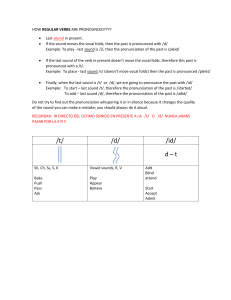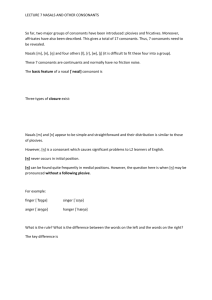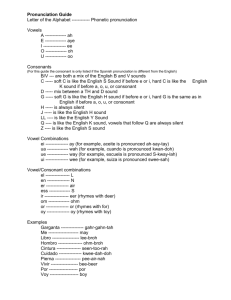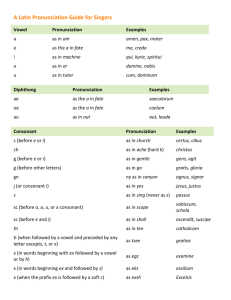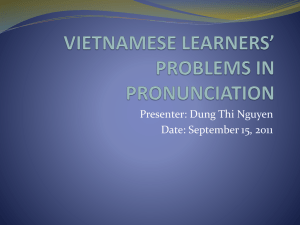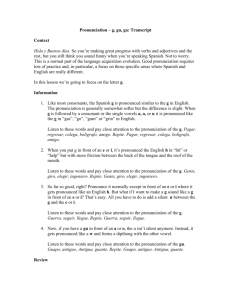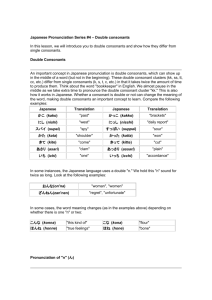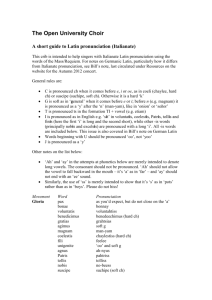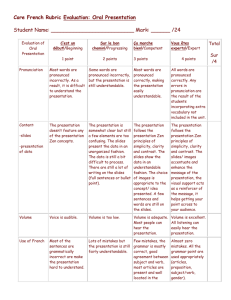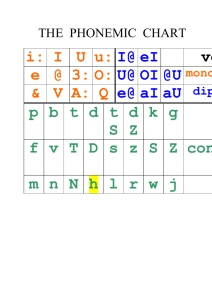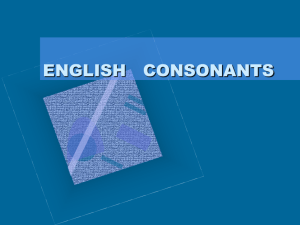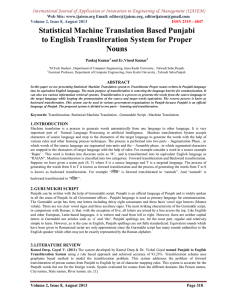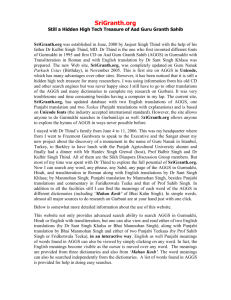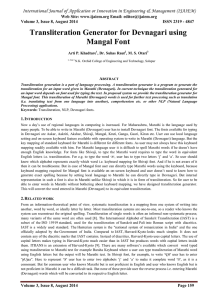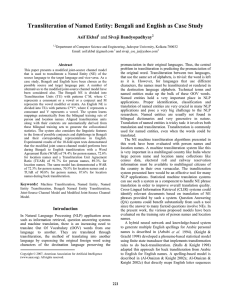Llaplli Sajib en español - Guía de la pronunciación
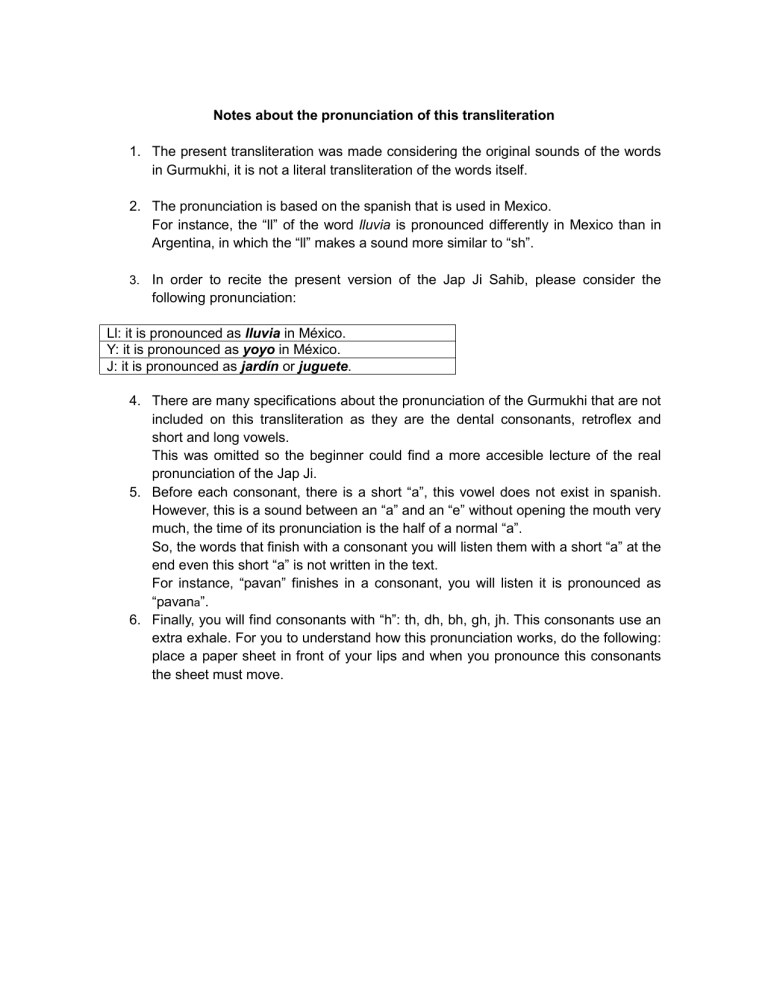
Notes about the pronunciation of this transliteration
1. The present transliteration was made considering the original sounds of the words in Gurmukhi, it is not a literal transliteration of the words itself.
2. The pronunciation is based on the spanish that is used in Mexico.
For instance, the “ll” of the word lluvia is pronounced differently in Mexico than in
Argentina, in which the “ll” makes a sound more similar to “sh”.
3. In order to recite the present version of the Jap Ji Sahib, please consider the following pronunciation:
Ll: it is pronounced as lluvia in México.
Y: it is pronounced as yoyo in México.
J: it is pronounced as jardín or juguete .
4. There are many specifications about the pronunciation of the Gurmukhi that are not included on this transliteration as they are the dental consonants, retroflex and short and long vowels.
This was omitted so the beginner could find a more accesible lecture of the real pronunciation of the Jap Ji.
5. Before each consonant, there is a short “a”, this vowel does not exist in spanish.
However, this is a sound between an “a” and an “e” without opening the mouth very much, the time of its pronunciation is the half of a normal “a”.
So, the words that finish with a consonant you will listen them with a short “a” at the end even this short “a” is not written in the text.
For instance, “pavan” finishes in a consonant, you will listen it is pronounced as
“pavan a
”.
6. Finally, you will find consonants with “h”: th, dh, bh, gh, jh. This consonants use an extra exhale. For you to understand how this pronunciation works, do the following: place a paper sheet in front of your lips and when you pronounce this consonants the sheet must move.
